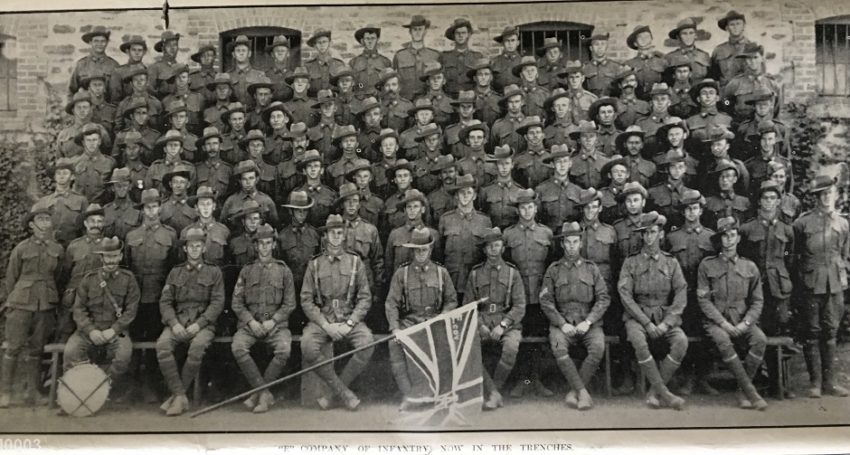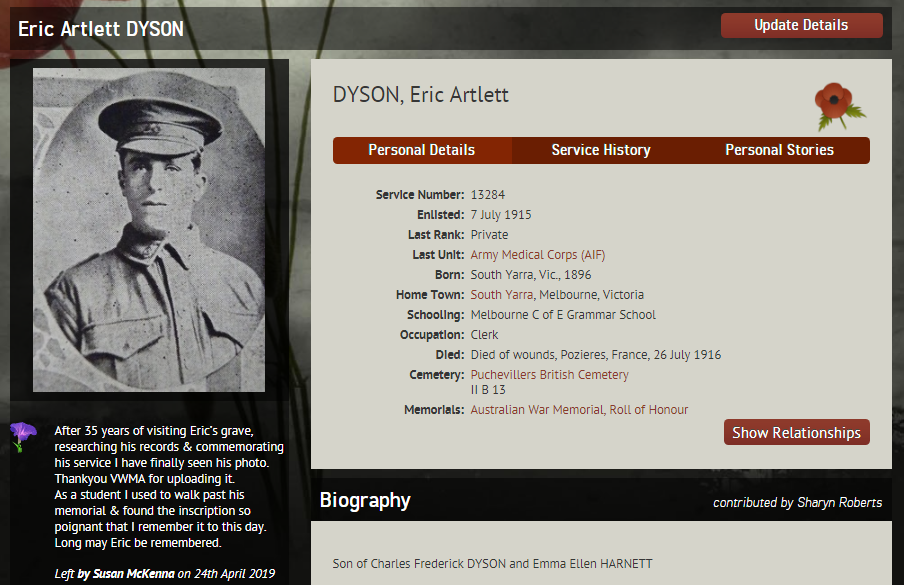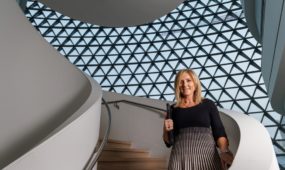Renewed funding helps students make ANZAC history
Education
Funding from the South Australian Government will allow high school students to continue publishing their findings in Australia’s Virtual War Memorial.

Sign up to receive notifications about new stories in this category.
Thank you for subscribing to story notifications.

Launched in 2014 to commemorate the start of WWI, Virtual War Memorial Australia logs the histories of servicemen and women with details including their units, specific conflicts, places visited, memorials and final resting places.
The database has been expanded over time to include all conflicts that Australia has been involved in, from the Boer War to Afghanistan.
A total of 656,000 person entries exist on the site with 180,000 of them fleshed out with contributions from students and volunteer contributors.
With the previous fund set to run out in August of this year, the grant of $400,000 over three years will allow the educational component to continue until June 2022.
Chief Executive Officer of the Virtual War Memorial Australia Sharyn Roberts said the project is invaluable for its educational benefit.
“We have a strong view that education and commemoration goes hand in hand,” Roberts said.
“It helps students understand how to contribute to our understanding of history – it’s history in action.
“Over 2000 students will make 2000 contributions by the end of the year.”
She said the project gives history teachers the confidence they need to inspire their students by way of one-on-one consultations with historians and ready access to resource sheets.
“The stronger the passion and commitment is, the more likely that’s passed on to the students,” said Roberts.
Roberts said they plan to grow the Virtual Memorial by the end of the year by uploading 800,000 records from the Australian War Memorial to bring the site to to a total of 1.45 million entries.
There are 21,000 registered contributors, a third from South Australia, who document and update the profiles of all the servicemen and women.
“We have one contributor who is cycling along the western front and photographing headstones of World War I servicemen and uploading them to the site,” said Roberts.

Contributor Susan McKenna is thankful for the service the Virtual War Memorial has done for her research on memorialised serviceman Eric Dyson.
“After 35 years of visiting Eric’s grave, researching his records & commemorating his service I have finally seen his photo,” McKenna wrote on the memorial site.
“As a student I used to walk past his memorial & found the inscription so poignant that I remember it to this day. Long may Eric be remembered.”
Retired army colonel Steve Larkins established the Virtual War Memorial during a visit to WWI battlefields in 2008. His goal was to let anyone log on to research their relatives and also share their stories and family history.
He said the initial data was compiled from the Australian War Museum’s “embarkation lists”, the comprehensive list of names of war dead on memorials around South Australia that were once housed on the Tribute of Honour website, and other military databases.
“We are not trying to reinvent the wheel,” Larkins said.
“We are joining all the dots to ensure there is some place to put all of the stories.”
The website, which was developed by the South Australian company Mindvision, is specifically designed to be able to capture all the stories of ordinary men and women whose service may not currently be profiled in official histories.
Larkins said that the site operates like Wikipedia, with experts and volunteers verifying the uploaded material before it is published.
“All the records are anchored to a source of truth – the lists provided by the Australian War Museum and other sources,” he said.
“What the memorial will do is become the community end to these lists.”
He said that by allowing the public to add stories to the lists would mean a name etched in stone on a memorial would become a person and the site would become a home for the stories told around the dining table.
Jump to next article



